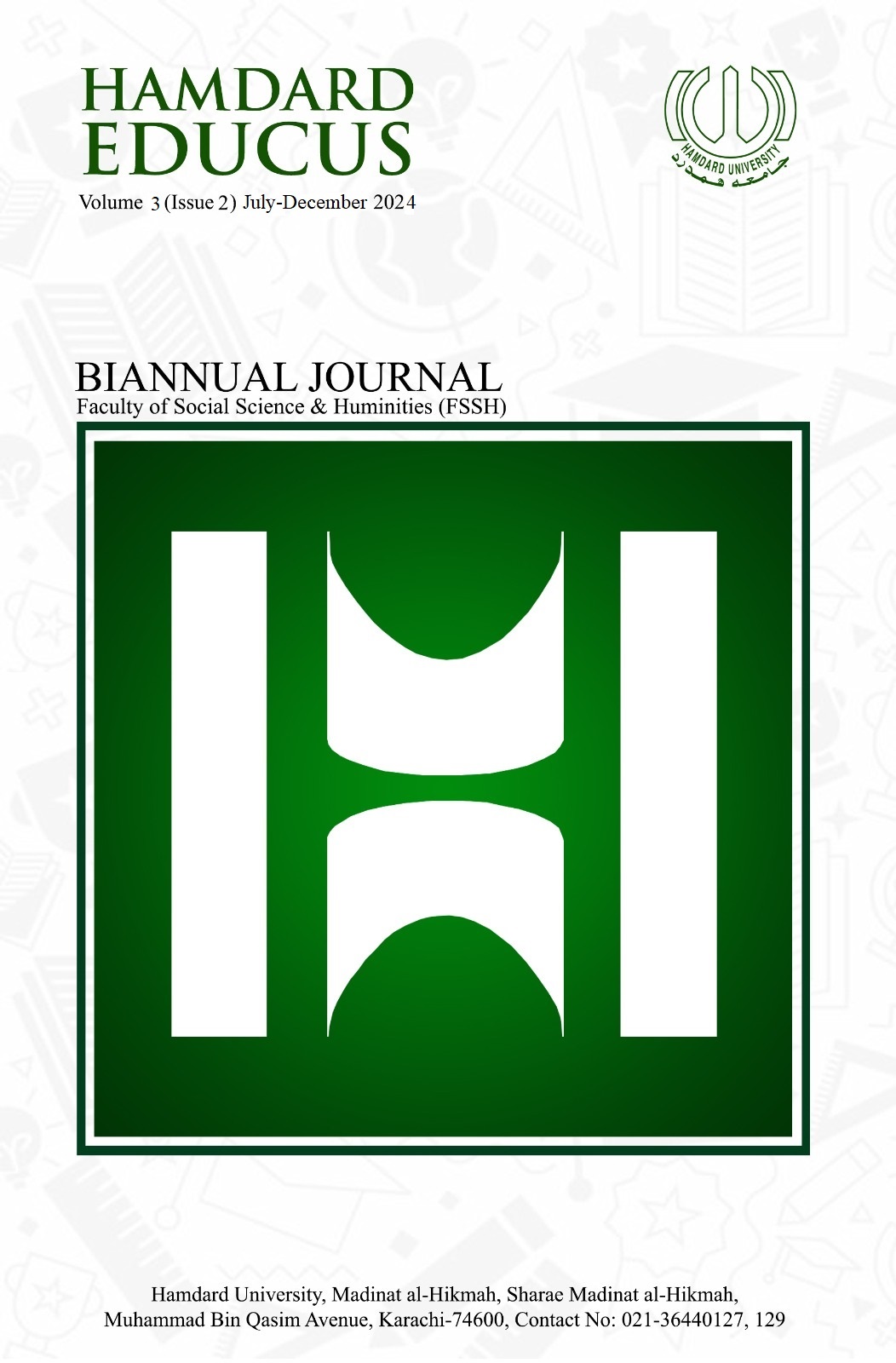Peace and Conflict in Two Friends: A Naturalistic Short Story
Abstract
As a mover and shaker man of letters, the French short story writer Guy de Maupassant penned hundreds of groundbreaking stories, yet sundry of them are still eclipsed owing to the rarity of reviews. Two Friends (1882), one of his eloquent works, is a pertinent case which is worth reading and analyzing. As a result, this article comes to terms with Two Friends to uncover the story’s narrative structure, point of view, setting dimensions, historical context, style, and symbolism to cognize readers about the significance of this piece of work that comes to grips with two dialectical phenomena which are peace and brutality. These juxtapositional facts in human nature explicate how realistic literature in the 19th century represented societies by shedding light on divergent issues in Two Friends and conversing about the impulse that thrusts Guy de Maupassant to talk about the faith of two commoners living in Paris. This will inform us about how war is sometimes the repercussion of foolish decisions or human greed while innocent human beings are the overt victims who pay a heavy price.
Downloads
Published
How to Cite
Issue
Section
License
Copyright (c) 2025 Hamdard Educus

This work is licensed under a Creative Commons Attribution 4.0 International License.





